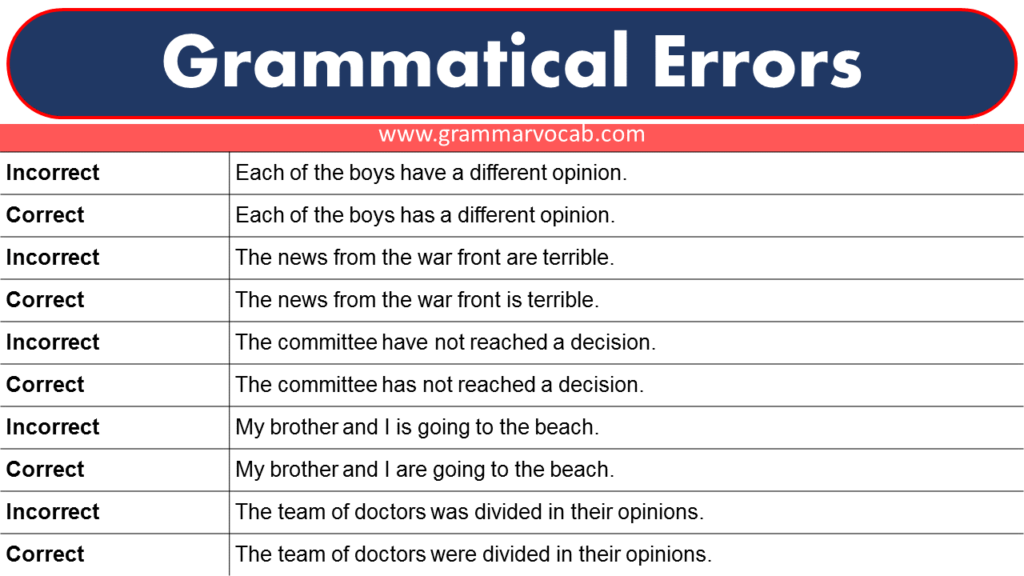Language is a fascinating thing. It changes, grows, and adapts, much like a living creature. With the internet and social media, we see words being used in new ways every day. But with these changes come confusion, especially when it comes to the correct usage of certain words and phrases. One such topic that often confuses people is whether to use “infront” or “in front.” In this article, we will explore these phrases in detail, providing a clear understanding in a simple and easy-to-follow manner.
Understanding the Basics
Before diving into the specifics of “infront” and “in front,” it’s crucial to understand some basic concepts of the English language, particularly how compound words and two-word phrases work.
- Compound Words: These are words formed by joining two or more words together. Examples include “notebook” (note + book) and “sunflower” (sun + flower). Compound words can be written in three ways: as one word (like notebook), as hyphenated words (like mother-in-law), or as separate words (like ice cream).
- Two-Word Phrases: These are simply two words used together to convey a single concept, but unlike compound words, they remain separate when written. Examples include “high school” and “living room.”
The Correct Phrase: “In Front”
“In front” is the correct and standard phrase in English. It consists of the preposition “in” and the noun “front.” Together, they describe the position of something relative to another object or point of reference.
Here are some examples of how to use “in front” in sentences:
- The car is parked in front of the house.
- Please stand in front of the whiteboard.
- She sat in front of her computer, working diligently.
- The cat is hiding in front of the sofa.
In all these examples, “in front” is used to indicate the specific location or position of an object or person in relation to something else.
Why the Confusion?
The confusion between “infront” and “in front” likely arises from the way we speak. In fast, casual speech, “in front” can sound like “infront.” This can lead people to believe that “infront” is a valid word. Additionally, the evolution of internet language and texting, where speed and convenience are prioritized, might contribute to the misuse of such terms.
Usage in Sentences
Understanding the usage of “in front” in sentences is crucial. Here are some examples:
- “The teacher asked the student to come and stand in front of the class.”
- “There is a beautiful garden in front of their house.”
- “He placed the trophy in front of the winner.”
In each case, “in front” is used to denote a position or location relative to something else.
Common Mistakes to Avoid
- Do not combine “in” and “front” into one word (“infront”).
- Remember that “in front” is always two separate words.
Tips for Remembering
- Think of “in front” as indicating a position. If you can replace it with “ahead of” or “before,” then “in front” is what you should use.
- If you’re unsure, check a dictionary. Dictionaries are great resources for confirming the correct form of a word or phrase.
Frequently Asked Questions
- Can “infront” ever be correct?
As of now, “infront” is not recognized as a correct form in standard English.
- Is “in front” always used in a physical sense?
Mostly, yes. It usually refers to a physical position. However, it can also be used metaphorically, as in “She put her fears in front of her dreams.”
- How can I improve my understanding of similar English phrases?
Reading regularly, consulting dictionaries, and practicing writing can significantly improve your understanding of English phrases.
Must Try: Types of Grammatical Errors



